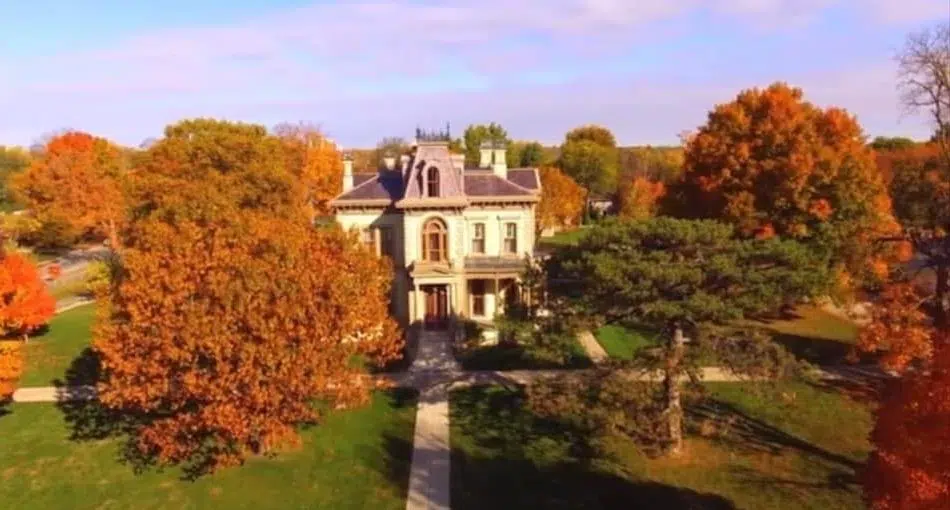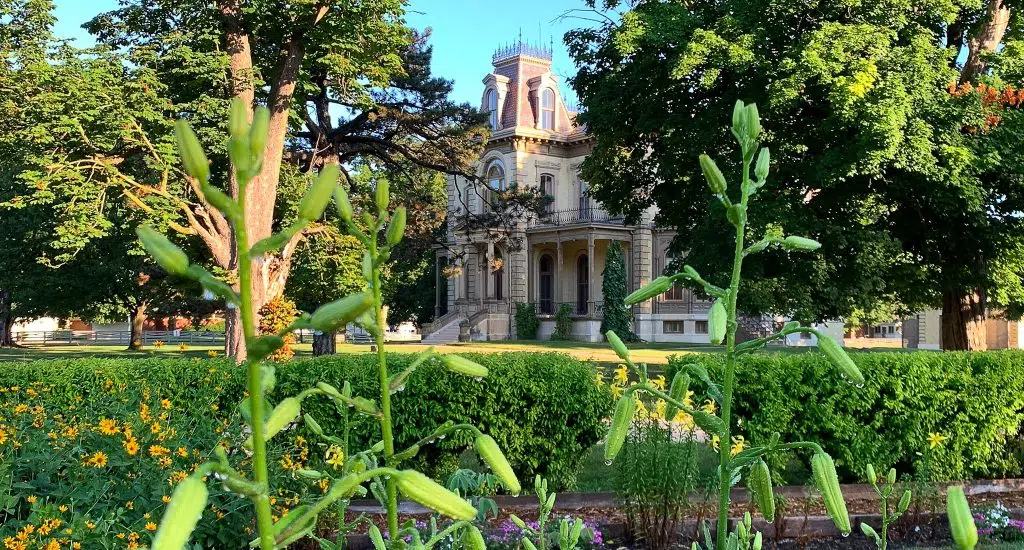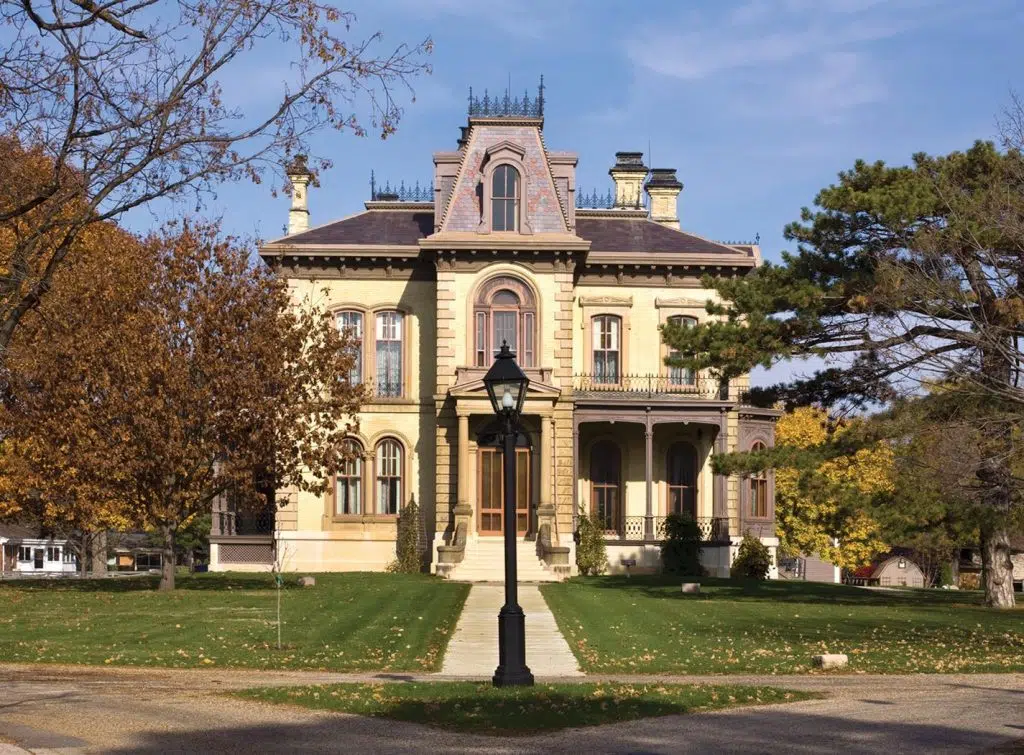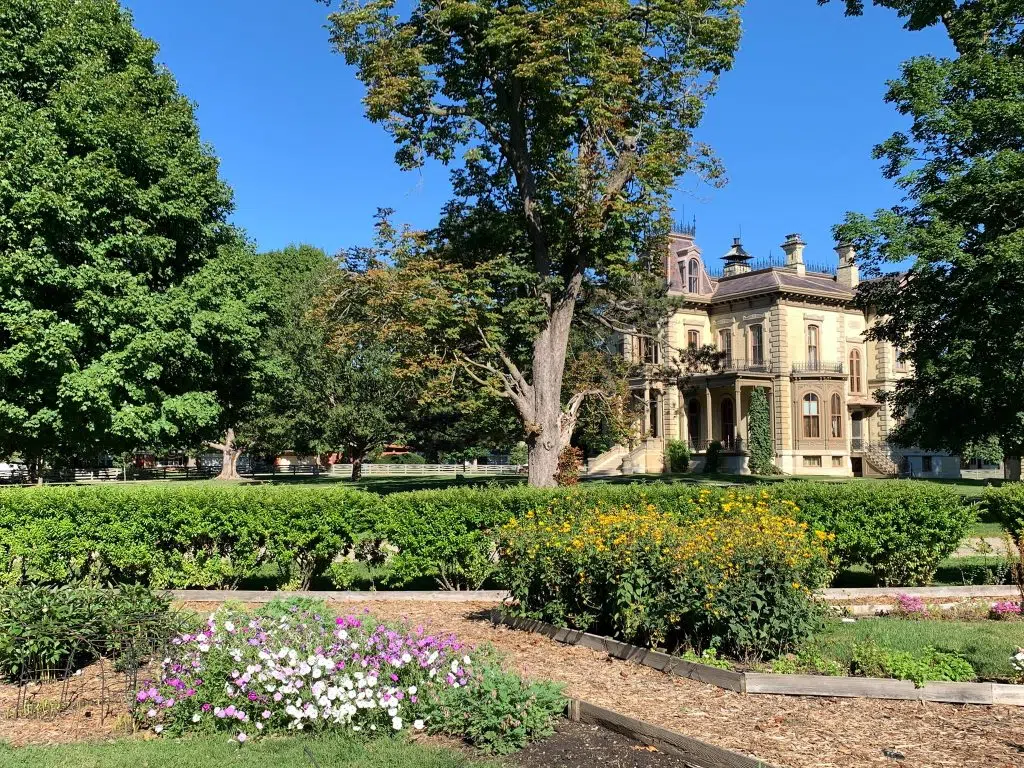David Davis Mansion

David Davis Mansion
1000 Monroe Drive
Bloomington, IL 61701
309-828-1084
@judgedavid.davis
Hours
Wednesday – Saturday
9:00 am to 4:00 pm
Entrance Fee
Regular Tours are FREE
Donation Suggested
Adult: $10
Children: $5


In 1839, a young lawyer named David Davis brought his new bride, Sarah, from Massachusetts to Bloomington, Illinois, where they embarked on a journey that lasted 40 years. Along the way, David went from a circuit-riding lawyer to a U.S. Supreme Court Associate Justice, and maintained a long-time friendship with Abraham Lincoln.
Settled in Bloomington, Sarah made a home for her family and became a prominent citizen in her own right. Together, she and David established a legacy that lives on in the elegant Victorian mansion and garden they built. Today, the letters of the Davis family and the events and programs presented at the Mansion help keep that legacy alive.
The beautifully restored, nineteenth-century estate tells the story of Judge David Davis, whose influence on Abraham Lincoln’s legal and political career was crucial to President Lincoln’s success, and Sarah Davis, whose influence on her husband shaped his political career and their lives.
Inside the Mansion, visitors will find a remarkable collection of mid-nineteenth-century decorative arts and technological conveniences, illustrating the life of a prosperous Victorian family. Outside, the garden features an unusual amount of original plant material, as well as the same design, pathways, and beds that Sarah Davis first gazed upon when the garden was created in 1872. It was a world where Mr. Lincoln moved comfortably, and the Davis Mansion is one of the best places to hear that part of the Lincoln story.
From his earliest days riding the circuit with Abraham Lincoln to the years when he served as Lincoln’s appointee to the highest court in the land, Judge Davis played out his life at the very center of American politics and society. His Bloomington home and garden remained in the Davis Family for three succeeding generations, providing a focal point for the social, cultural and political life of the community. In 1960, the house was donated to the State of Illinois; today, it is operated as a state historic site by the Illinois Department of natural Resources.












